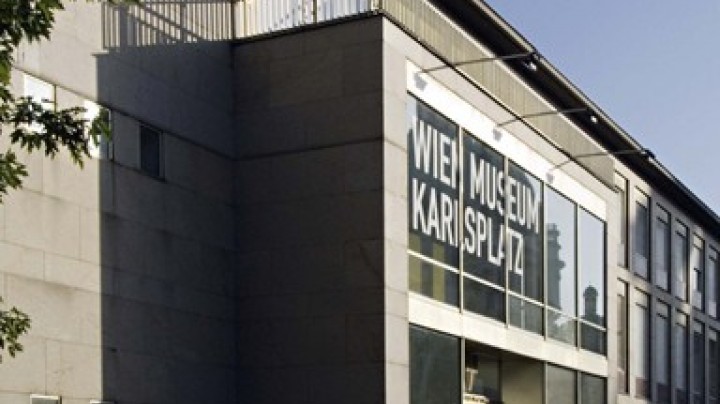
Uhrenmuseum
The Uhrenmuseum – the Clock Museum – is one of the foremost collections of its kind in the whole of Europe.
This is where things will run like clockwork for you among the 3000 clocks from the collection of the Wien Museum. The Uhrenmuseum has a collection that is unique in Europe. It is accommodated in an enchanting Viennese house in the historical city, with foundation walls dating from the Middle Ages, and situated very close to Judenplatz.
At the stroke of every full hour, three floors re-echo with chimes, sounds and carillons from the many clocks that are kept working. They document the measurement of time and the technology of horology from the fifteenth century until the present day.
A breathtaking diversity of types and models from all over the world is on show in the Clock Museum: witty and ingenious picture clocks with hidden dial-plates; richly decorated longcase commode clocks telling of the social rank of their owners; pocket watches and pendants with luxurious ornamentation worn as exquisite pieces of jewellery.
Among the highlights of a visit to the museum is the eighteenth-century astronomical art clock by David a Sancto Cajetano. Besides telling the time, this technical masterpiece informs on the length of the day and the orbital phases of the planets, and with sensational precision. The world-famous „Laterndl“ (lantern) clocks are witnesses of the heyday of the Viennese art of clockmaking.
The smallest clock is a “Zappler” (with “fidgety” front pendulum) and fits under a thimble; the heaviest example is the turret clock of St Stephen's Cathedral, of solid cast iron. Viennese Biedermeier and the Belle Èpoque are represented in a multitude of different models.
The exquisite inventory of the Clock Museum, which was founded in 1917, goes back in its essentials to two private collections: that of the intermediate-school teacher and first director of the museum Rudolf Kaftan, and the extremely valuable collection of the writer Marie von Ebner-Eschenbach.
Take the time for a fascinating and kaleidoscopic walk through time and the cultural history of chronometry.










